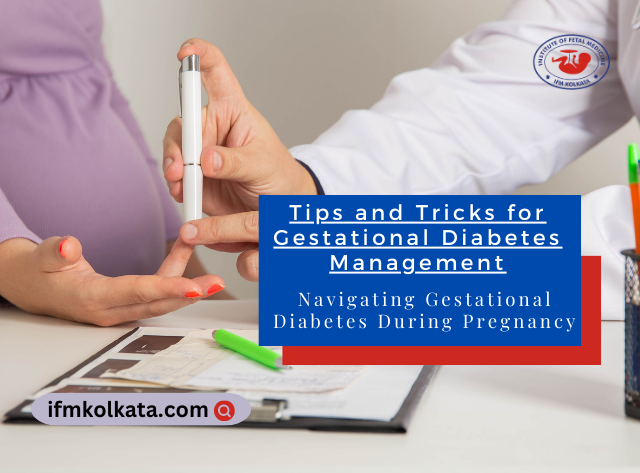Pregnancy is a journey filled with anticipation, joy, and for many expectant parents, questions and concerns. One aspect of prenatal care that plays a crucial role in managing the health of both mother and baby is First Trimester Screening (FTS). In this comprehensive guide, we will delve into what FTS is, why it is essential, how it works, and what expectant parents need to know to make informed decisions during their pregnancy.
What is First Trimester Screening (FTS)?
First Trimester Screening, often referred to as FTS, is a specialized prenatal test designed to assess the risk of chromosomal abnormalities in the developing fetus. These abnormalities include Down syndrome (Trisomy 21), Edwards syndrome (Trisomy 18), and Patau syndrome (Trisomy 13). FTS is typically performed between the 11th and 13th weeks of pregnancy and combines two main components:
Blood Test: A maternal blood sample is taken to measure specific hormones and proteins, including pregnancy-associated plasma protein-A (PAPP-A) and human chorionic gonadotropin (hCG).
Nuchal Translucency (NT) Scan: A specialized ultrasound scan is performed to measure the thickness of the fluid-filled space at the back of the baby’s neck. This measurement, known as nuchal translucency, can be indicative of certain chromosomal abnormalities.
Why is FTS Important?
FTS is vital for several reasons:
Early Detection: FTS is conducted during the first trimester, providing an early opportunity to identify potential chromosomal abnormalities. Early detection allows for informed decision-making and appropriate medical management.
Non-Invasive: Unlike some other tests, such as amniocentesis or chorionic villus sampling (CVS), FTS is non-invasive, involving only a blood test and an ultrasound scan. This reduces the risk of complications.
Risk Assessment: FTS does not provide a definitive diagnosis but calculates the risk of chromosomal abnormalities. Expectant parents can use this information to decide if they want further diagnostic testing.
How Does FTS Work?
Blood Test: The blood test measures specific hormones and proteins in the mother’s bloodstream. Abnormal levels of these substances can indicate an increased risk of chromosomal abnormalities.
NT Scan: During the NT scan, an ultrasound technician measures the thickness of the fluid-filled space at the back of the baby’s neck. Increased thickness can suggest a higher risk of chromosomal abnormalities.
Combined Results: The results of the blood test and NT scan are combined, and a risk assessment is provided. This assessment is usually presented as a probability (e.g., 1 in 1,000) of the baby having a chromosomal abnormality.
Understanding First Trimester Screening Results
It’s crucial to understand that FTS does not provide a definitive diagnosis but rather a risk assessment. Expectant parents should interpret the results in consultation with a healthcare provider, who can explain the implications and potential next steps. If the risk is elevated, further diagnostic tests such as amniocentesis or CVS may be recommended for a more definitive diagnosis.
First Trimester Screening (FTS) is a valuable tool in prenatal care, providing expectant parents with early insights into the potential risk of chromosomal abnormalities in their developing baby. While it can be an emotional and uncertain journey, the information gained from FTS empowers parents to make informed decisions about their pregnancy, healthcare, and the path forward. Always consult with your healthcare provider to discuss FTS, interpret the results, and determine the best course of action for your unique situation.










